|
In June, the Portland chapter of the American Heart Association hosted the annual "Saving Strokes" at Eastmoreland, sponsored by Providence Hospital. The purpose of this event is to introduce golf as a therapeutic activity for stroke survivors. Research sponsored by the AHA has shown that golf can help with patients develop neuroplasticity, motor learning, practice and performance and dynamic stretching. The event attracted well over 100 participants and involved practice time with the Eastmoreland golf Pros Ray Comella, Andrew Thorn, and Michael Charles. The activities included basics of putting and distance control, chipping and full swings on the driving range. As any golfer will tell you... the mind and body connection is essential ingrediant to a successful shot, because.... in the words of one the legendary Bobby Jones “Golf is a game that is played on a five-inch course – the distance between your ears. ” -Bobby Jones The Savings Strokes program began in 2001 in Sacramento, CA. Since then as many as 100 participants in each program in more than a dozen locations are introduced to how the game of golf as therapy. Golf therapy involves group participation in variety of the elements of the game including, putting, chipping, sand shots and full swings. As a result, stroke survivors of all abilities can find ways to come together and experience a new way to explore rehabilitation in an outdoor group setting. In an article from the Portland Tribune, attorney Diane Sawyer spoke about how her advocacy for Savings Strokes is to "push people trying to the best they can." Ted Lowenkopf of the Providence Stroke Center notes that "playing golf requires a lot of the functions affected by strokes" What makes golf a compelling therapeutic activity is the same that makes the game so compelling and loved by so many people. The game involves one general concept, swing a club around the body, though with numerous types of shots, from long whipping drives, to high lofted pitch shots, chips scooting across rolling greens and delicate putts for the gentle tap in. For the survivor participants and their spouses, the Saving Strokes event at Eastmoreland provides a wonderful way to meet new friends, challenge themselves, and have fun.  Bob & Sue Shields at Saving Strokes Bob & Sue Shields at Saving Strokes "Bob Shields and his wife and caretaker Sue Shields first learned about Savings Strokes in Arizona where they met program director, Nora Perry. Both Bob and Sue were avid golfers and discovering the program was a delight since Bob's debilitating stroke that left him with total left side paralysis. "Being outside, enjoying beautiful courses, seeing improvements, making new friends - socialization part is wonderful. Plus the golf skill improvements, including balance, endurance, inclusion with others are all important to Bob's future and recovery." Bob and Sue look forward to Saving Strokes at Eastmoreland and wish for monthly golfing events at Eastmoreland or elsewhere in the greater Portland area. Sue believes having therapists and pros available together is a huge benefit for survivors. Our Eastmoreland men's club has a member Scott Cantor, who's too often a sure thing for our Sunday game winner's circle. He may play to one of the higher handicaps (all golfers have a 'handicap' adding or subtracting strokes so different skill levels compete on an even playing field), though more often than not Scot walks away from the 19th hole counting the cash won. What further surprised me, was to discover that five years ago, Scot woke up in the hospital after a stroke, unable to speak or swallow and requiring some physical therapy... "though I never lost my balance." Scot always planned to play golf when he retired. He grew up golfing in Ohio because his mother was a young breast cancer survivor and started playing golf for recreation and rehabilitation. Ever since "the rest of the family played golf together all the time." What Scot didn't plan on was this stroke, and long rehabilitation to learn how to talk and eat. With the help of doctors and physical therapists, he made great progress and set his sights on returning to the golf course. Finally stepping up to driving range with a small bucket, "I didn't know what to expect" though a smile creased across his lips with the first swing when the ball sailed dead straight down the middle. "I have lost some distance, but I now hit the ball really straight!" If most people gripped a knife and fork they way they grip a golf club, they'd all starve. - Walter HagenStroke survivors have experienced the physical challenge of having blood flow cut off from the brain. As a result, some of the brain pathways are damaged and sometimes result loss of speech, balance and motor control. The road to recovery is one of physical therapy to help repair and reconnect the brain and motor pathways for the survivor by stimulating neuroplasticity - our brain's ability to rewrite and rebuild these connections.  Scot's story might be inspiration for Chris Gilliland, a Saving Strokes participant in 2016 and 2017. Chris was introduced to the program by his outpatient physical therapist, Jamie Musgrave. His favorite part is "the feeling like I'm improving my balance and making progress since the stroke. Also, since I was once an avid seasonal golfer, it feels good to believe that maybe it is possible to get back to golf as a hobby one day." Chris has been a recreational golfer since about the 5th grade, and hopes to play golf regularly now that he's discovered the therapeutic qualities. "With Saving Strokes, I feel a certain peace from the practice. It's as if I can feel my weaker side (left) gets stronger with each swing and helps with my balance" Golf also taught Chris a lesson in mindfulness... There was one time, years ago, when I was really struggling through a round. I think through 5 holes during an evening 9, I had tripled every hole. I hit a decent tee shot on 6 and found myself in the middle of the fairway with a sand wedge from about 60 yards. Well, I bladed the shot, threw my club in frustration and shouted out a string of vulgarities. The ball bounce along the ground, hopped up over the collar of the green and skidded into the flag stick and dropped in the hole for a birdie!! That's golf - sometimes you're capable of so much more than you expect... Neuroscience and golf: the mind-body connection Any golfer out there, whether a child, competive amatuer or a professional - understand the game is truly the most definitive expression of the mind-body connection. When we watch the professionals on television, few realize their capacity to use the mind to control the flight of the ball so precisely to send it to a hole some 10 feet, or 10 yards or 100 yards away. For those that understand, the ability to confidently swing the club and have the ball go where it's intended requires mental focus and body connection - that, of course, lends itself to neuromuscular connections. The greatest golfers are readily admit, they key to well executed shot is pre-shot visualization. Imagining yourself hitting the shot and picturing exactly how the ball will fly in the air. Sometimes pros might visualize a series of shots, choosing shots like low draw or hide fade as. baseball pitcher chooses a fastball or curveball. Then once the shot is pictured (firing in the neurons) you simply address the ball and let that swing happen with minimal thought or conscious effort. In 2000 the University of Chicago did MRI studies with LPGA professionals to better understand how a repeatable golf swing is powered by visualization, the pre-shot routine required to set the mind and body to execute the shot required. "Preparing to swing a golf club is the perfect activity for this sort of study," said Milton, an avid golfer. "A good golf swing involves a very elaborate and somewhat unnatural series of movements, yet it takes place in a fraction of a second, much too quickly for the brain to make the necessary adjustments during the process." Professional golfers and many dedicated amateurs now dedicate significant practice time to mindfulness and a phenomena called "quiet eye" where the player allows the subconscious motor skills to complete the shot with limited conscious effort, other than intention of sending the ball to the target. This neuromuscular system is what makes being human so special, while many of us may not know it, we complete impossible complex physical actions all day without conscious thought. In fact, as many golf pros delve into the science of mindfulness, using tools like Focus Band to measure different brain patterns to help the pro access subconscious state of flow, marked by increased Theta waves, and essentially not think all.
At the Portland City Championship just a few weeks ago I had the pleasure to meet Linda Schwartz and learn her story of Eastmoreland. I already knew her husband Jim Schwartz, who works as a starter and ranger a few days a week. Linda learned about the Eastmoreland 100 Project from the advertising of the Launch Party and from her sister, Carol Jolly, a longtime women's club member. Linda herself isn't much of a golfer, even though she played for the Cleveland High girls golf team. "She didn't like playing golf at all" One reason may be that she already spent so much time at Eastmoreland working for her Uncle Arnie Inman and Aunt Dottie Inman in the shop and restaurant. The photo below is of Linda & Jim's wedding from 1966. In the photo is a literal "who's who" of top golfers from the neighborhood in the young prime of their lives. Linda included a lovely note to help share the story which I've included below with a typed transcript.  Dear Mr. McGee - My husband is currently a starter/marshal - full circle since we both put in many hours for my aunt Dot and her husband Arnie Inman. I began working in 1959 at the old (wonderful) clubhouse on the opposite corner and know lots of old timers. The photo enclosed is of our wedding in Aug - 1966, so we have passed the half century. My point is, that besides my husband Jim Schwartz - 'our attendants' are friends and some good golfers. In the photo is Best Man -Gordon Herbert - John Orr and Jim Orr, Gay Davis, Kathy Martin and my little sis, Carol Rhoton Jolly. We had a lot of Eastmorelander's at the wedding, and still use the dishes from the men's club and have the sweet Lenox pitcher from a young Clark Cumpston. Fond memories all around and quite an education for Jim and I managing to do 16 things at the same time! Happy 100! - Linda Rhoton Schwartz Linda & Jim are lifelong residents of the neighborhood along with Uncle Arnie and Aunt Dot, all the golfers became their extended family. All the guys in the wedding party were avid golfers and most competed in the City Championship, which was "very big deal" in the 195-'s and 1960's according to Linda. Gay Davis specifically changed Oregon golf as one of the founding members of Pumpkin Ridge. In 1996, Pumpkin Ridge hosted the U.S. Amateur, where 20-year-old Tiger Woods won his unprecedented third consecutive title on the Witch Hollow course and then turned professional, with Nike founder Phil Knight on hand. (from Wikipedia) Below is a photo from the card and gift received from the women's club, a state-of-the-art electric blanket for those rainy evenings. Many invited guests were from the men's and women's club as well as fellow employees including a young Clark Compston (who along with his brother Rob currently manages the shop and restaurant) who worked the range shagging balls under Gay Davis' watch. Linda, Jim and I had the pleasure to share some coffee and some swedish fish candy and reminiscence some of the 'old timers' they both remember from the clubhouse. For now I'll just publish a beautiful picture of the clubhouse. In time, I'll be writing posts in more detail about the original "old clubhouse" where Linda and Jim worked and where Ron McPike lived upstairs a few years earlier from 1957-1958. Soon there will be a more detailed list of all the "old time" players and the club managers like Arnie & Dot Inman, Rob & Clark Cumston and pros like Tom Marlow, Ted Westling, Ray Comella and more. Of course even these "old timers" had their own connection to "old times" of their generation like Frank Dolp and John Rebstock and Don Moe. Special thank you to Linda and Jim for reaching out to share their story - and for the readers there is much more to come. If you have a story on Eastmoreland, please Share your Story today! We have a quick online form you can share and then our volunteers will be in touch. This community story project exists because of your contributions. Thank you!! Extra bonus :) Here's the Sellwood Bee's interview of Linda Schwartz for their 100 year centennial. She shares her story on growing up in the sellwood neighborhood in the 1950's From the Sellwood Bee's 100 year celebration. Click here for the original. Thanks to everyone who showed up to celebrate the start of the 100th year at Eastmoreland. For an inaugural event, it warmed our hearts to see how many people came out from the community to participate.... Of course it wasn't all for volunteering. Everyone got a chance to check out the hickory sticks provided by Rob Ahlschwede, of Northwest Chapter of the Society of Hickory Sticks and fresh from the Gearhart 125th anniversary and hickory golf tournament. The sticks for demo hitting in the range was a huge hit - literally - with everyone, including yours truly, amazed on how well the hickory stick clubs felt when striking the ball. As the immortal Ben Hogan says "… a well hit golf shot as a feeling that goes up the shaft, right into your hands-and into your heart.” Vincent DiGiano managed to snap one of the hickory shafts in half - one that was modern replica, according to Rob, so not a big deal at all. Apparently a taking a hard hack like an axe-man chopping wood is not the smooth flowing swing from yesteryear by the likes of Chandler Egan, Frank Dolp and Bobby Jones. One of the more memorable golfers to play Eastmoreland was none other than the Champion Boxer Joe Louis. Known as the "Brown Bomber" Joe Louis became an avid golfer towards the end of his boxing career, becoming a scratch amatuer and companion of many great black golfers that broke through the race barrier of the PGA tour in the 1950's and 60's. He was welcomed to a match at Eastmoreland and we have a first hand account of Ron McPike, who followed the foursome for most of the match, as a young 15 year old fan. First, some historical context: Joe Louis was first introduced to the game at age 22 in 1935 by TV personality Ed Sullivan just a few months before a fight with Max Schmeling in 1936. He even left his Lakewood, N.J., training camp two weeks before the fight to spend a day at that year's U.S. Open at Baltusrol. Instead of discussing boxing during a conversation with a Detroit sportswriter before that fight, Louis talked "all golf: stances and grips and hooks and slices." The result was a stunning defeat, which he later attributed to his fascination with golf. "He was spending more time on the golf course than training for the fight." according to his son Joe Louis Barrow Jr. in an interview with golf sportscaster Jim Nantz in 2012. He later avenged the loss in a 1938 rematch with Schmeling with a knockout in the first round after 124 seconds. Joe exemplifies why so many professional athletes gravitate towards the game during their playing career and for a lifetime after. Golf requires intense practice and mental fortitude which are precisely they talents and discipline required for professional athletes. He was known to play 36 holes a day, often as many as 54 holes in the summer. He loved that the game required the practice and focus to succeed... and his love of the game helped bring the entire game forward by elevating awareness of the best black golfers of his era. "He loved the individual nature of golf," says his son, Joe Louis Barrow Jr., now the executive director of The First Tee, a golf and life-skills learning program for youngsters. "He loved that your success is up to you." Golf Digest Joes Louis and Charlie Sifford Joes Louis and Charlie Sifford Joe Louis also has the honorable position to be the first ever black player to compete in a sanctioned PGA event the 1952 San Diego Open. By winning the UGA Amatuer title in 1951, he was invited to play in the Pro-Am which caused a bit of a scuffle with the PGA, because unbeknownst to many, had a bylaw limiting the field to "caucasian-only." For many of us in the present day it can be hard to imagine such a rule existing, yet, the fact remains that even in 1952 racial segregation truly was the law of the land. The San Diego Open sponsors of the tournament were thrilled to have Joe Louis but had not counted on the PGA. "The week before the tournament began, the PGA ruled that Louis could not play at San Diego, and it also rejected Bill Spiller, the black pro who had made it into the tournament by competing in qualifying rounds." See Caucasian-Only - by Thomas Jones Bill Spiller was a top golfer, having tied Ben Hogan, the eventual winner, with a 68 in the first round of the Los Angeles Open in 1948. In what Joe called "the fight of his life" he challenged the PGA head on. Eventually Joe punched through this barrier and was granted an exemption. Unfortunately,even though the PGA relented, they steadfastly refused to let Bill Spiller play as a pro. Reluctantly Joe Louis agreed, despite Spiller's frustration, and made the important first step. Joe made the fight for inclusion in the PGA a lifelong cause. He continues to support the careers of many up and coming black pros - including Charlie Sifford, known as the "Jackie Robinson of golf", who received a tour card after the PGA desegregated in 1961.  Back to 1957... Eastmoreland Golf Course Ron McPike worked in the clubhouse restaurant when Joe Louis comes into looking for a game - and with plenty of the Eastmoreland Wolves around there was a game to be found. According the Ron, the guys who came to play were John Merhar - who owned the 82nd Drive in movie theater - immaculate dresser. Always wore sharp two toned shoes a known gambler at Eastmoreland a long gone course Top o' Scott and the track. He would never just bet the bet - always made sure he had an edge. Legend has it that the match was for a cool $5,000, which in 1957 would have bought not just one, but two brand new 1957 V8 Bel Air convertibles. Whether this amount of money was actually on the line is just conjecture. Though it was no secret that Joe Louis played the game for cash, like most celebrated players of that day (and many today). The legendary Titanic Thompson, the most famous golf gambler and by some account, the greatest golfer that never played in any PGA event ("because I'd take a pay cut") played for closer to a tune $25,000 with Joe Louis. In 1958 however, Joe Louis was in the midst of a battle with the IRS so he was not as flush as during the boxing years and explains the reason he was in in Portland: He was invited by the Portland Boxing Commission to be the guest referee. They originally sought wither Joe Louis or Jack Dempsey. Through a bit more research I discovered the results of the match which occurred the night of June 16 and published in the Tuesday paper the next day. It was an interesting match - with a grizzled veteran versus an "undefeated" hometown boy Phil Moyer, a Central Catholic graduate. As you can see, the veteran gave "the Portland youngster a first class lesson in ring warfare" (see Green Box) What I loved about this research is side by side in the Sports top headlines is the results from the 1958 Oregon Junior Championships. Now you might remember that we covered the OGA Juniors a few months ago with the bracket results for Eastmoreland's very own boy wonder Dick Estey. What caught my eye in this event were some of the names, which I still hear bandied about among top golfers. Specifically one named jumped to my attention is John Hedlund - who played Oswego Lake most of his life and longest running member there. I had the pleasure to meet John a few weeks ago and he's Oswego Lake's historian and helping me get more details on Paul C. Murphy, who after he donated the land to build Eastmoreland - went on to build Oswego Lake. (See Red Box) Back to the Money match - Merhar gets the call Golf was how Joe Louis lost much of his money. "He loved to play golf, he loved to bet, and he lost thousands." With that legendary fame in place - getting a game together at Eastmoreland was not much trouble at all. They pack that hung around weren't called the Wolves weren't for nothing... many were gamblers a match with Joe Louis was right up their alley... or drive-through window... as the case may be. Because the man that got the call was John Merhar, who along with his brothers ran a hamburger drive through joint up on Powell and 82nd. It's fair to say the match was for some real cash - if not $5,000 and we ascribe "fairy-tale inflation" by a factor of 10 - then the match could have been for $500. Again - that buys you 1/4 of a 1957 Chevy - or an entire full set of brand new MacGregor Irons, Woods, Leather Bag and a sharp outfit to match. Which apparently both John Merhar and Joe Louis, of course, were known for in their respective circles. According to Ron McPike, Merhar was always sharply dressed in "two-toned shoes that you don't see anymore." He was known as a good golfer and brought in a partner, by the name of Miller, though Ron can't exactly remember who he was... and most likely the discussion of playing for money involved some discussions and negotiations for stokes... or just straight up. Merhar was known as a great golfer, though not one of the best, and his name never adorned the City Championship. What he was better known for was a big time gambler, especially on bets where he had an edge. Some of the current men's club guys fondly remember playing with his though rarely for money matches. How about Joe Louis? According to golf digest he was a player: Louis never had an official handicap, so opinions vary on how accomplished a golfer he was. He is described now as having been "almost scratch" to "a 3 or a 4" to shooting "around 80; he'd have a lot of pars and then a blowup hole." He mostly played at public courses, often with the best black golfers of the post-World War II era, sometimes in money matches for $1,000 a hole, sometimes in United Golf Association tournaments such as the Negro National Open, sometimes in his own Joe Louis Open in Detroit, but he always was the same unpretentious competitor he had been as heavyweight champion. Golf Digest 2006 Golf also provides ample opportunity for players to use handicaps - or the giving of strokes to even up a match - and of course the pressure of playing for high stakes is exactly the kind of action professionals are used to... a channel to the thrill of competition. According to Ron McPike, Joe Louis had a black pro touring with him... and by all accounts it was probably either Bill Spiller or perhaps the younger Charlie Sifford - who had just won the 1957 Long Beach Open and would go on to earn a PGA tour card a few years later in 1961. Ron was so excited that Joe Louis was playing the course, he skipped out of the restaurant. "Somebody could have come in and taken all the money." John Merhar had some of his bus boys from the drive-in come to caddy for him. Did anything memorable happen? Once they all get over to 12th tee (now the 13th), the famous Par 5 that Walter hagen once called the nest he'd played in 1922. The tee shots go up close to the waste area and old creek. Merhar showing some concern lett's Joe Luis "Listen Joe this is kind of a hidden hole I'll send one of my boys up to the top of the hill and make sure your ball is in play...to watch for your ball." "Nope." Joe stopped the boys in their tracks "You just keep your boys right here. We don't need any help." Smart move, of course, because any bus boys working for Merhar might just as likely kick the ball out of bounds. Golf is one the purest forms of sports, with the player calling all their own penalties, so everything should be on the up and up. Just the same, when the stakes are high - it's best to keep a close watch on nefarious ways the scales might be tipped for an advantage. Who was winning as the foursome rounded the final stretch? McPike can't be sure because he wasn't following the hole-by-hole tally - just watching from a distance. Plus with the potential that some pops (free shots) were given one way or the other the actual scores may not tell the story. One hint of the potential outcome was a special display on the the 17th green (current 18th green).
A drink to savor a satisfying win or soothe the loss? We may never know for sure. "The only difference," Louis told him, "is that in boxing you recover from a punch. In golf, it's on the card to stay." Joe Louis play of Eastmoreland is one of the coolest stories of golf and a celebrity that truly impacted the game of golf.
Did you know that Joe Louis was founding and instrumental supporter of the start of "The First Tee" program to introduce golf to all youth at a early age. Louis' son, Joe Louis Barrow Jr., is the Chief Executive Officer of The First Tee, an organization dedicated to teaching junior golf. The program is world class and supported by the PGA, USGA and many pros, the most notable being Tiger Woods. What I love about Joe Louis love of golf is that it's no different than any other competitor who gets hooked. Once you start swinging away at balls, there's something compelling about coming back for more. |
|

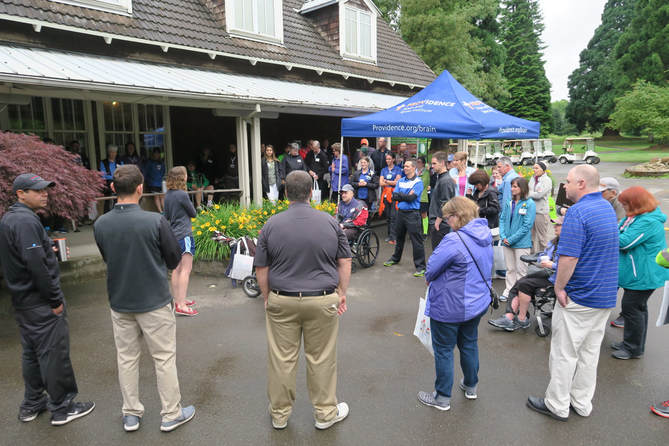
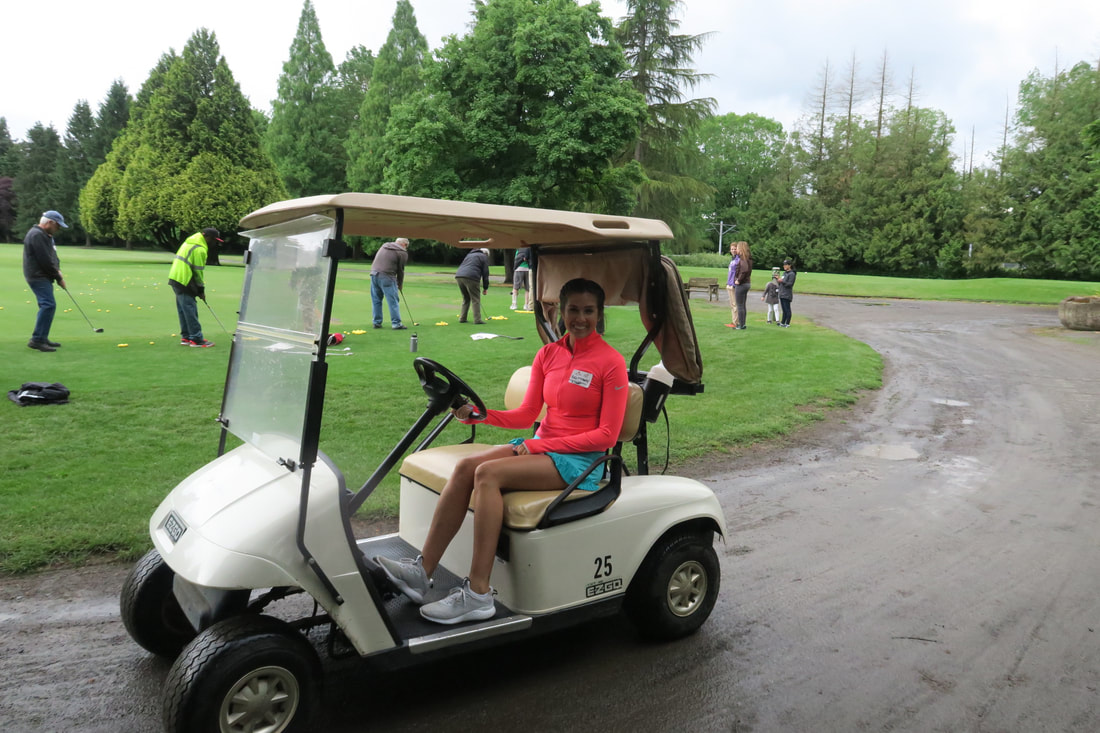
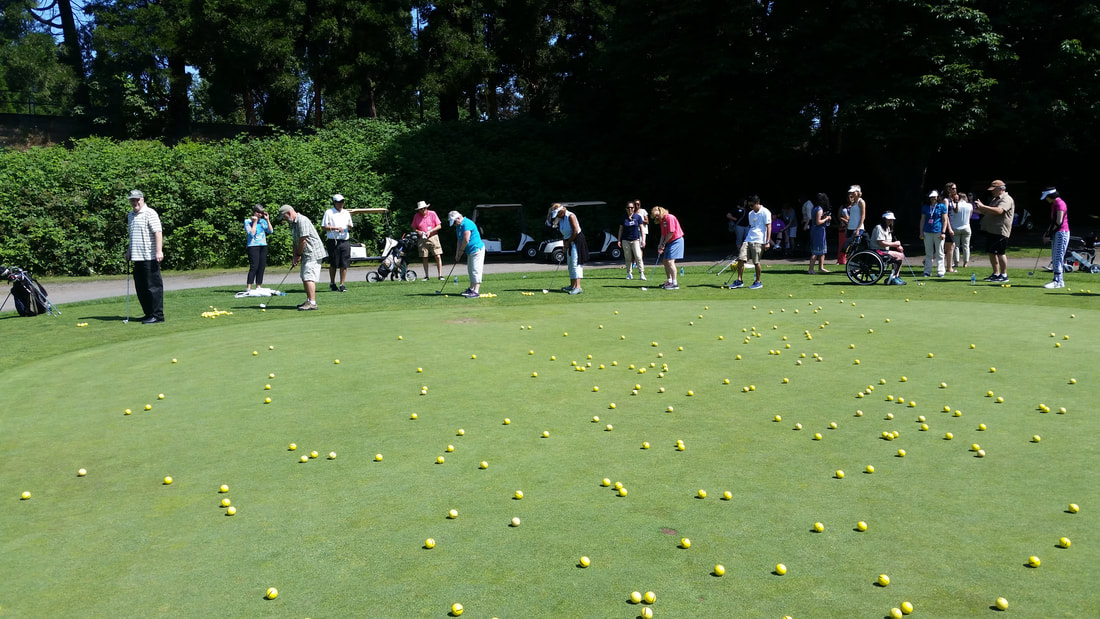


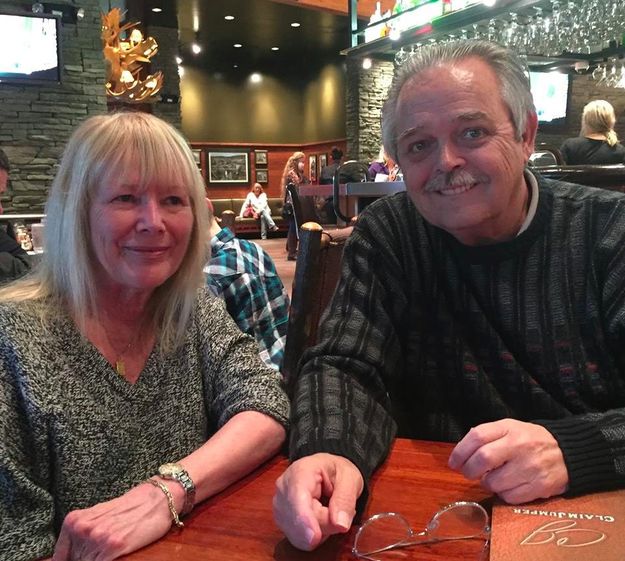


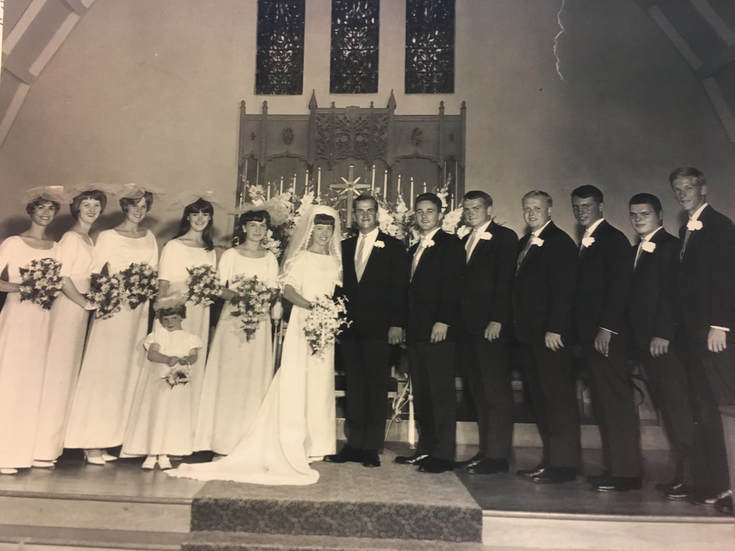



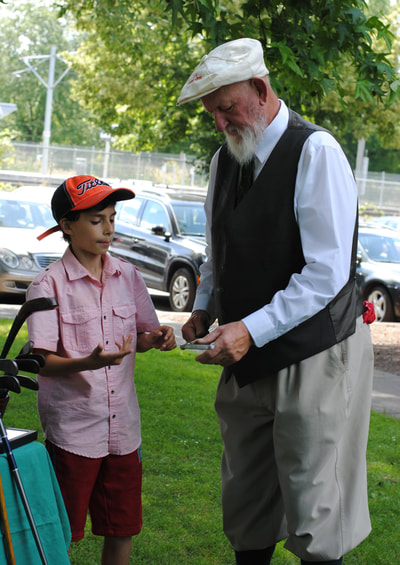


























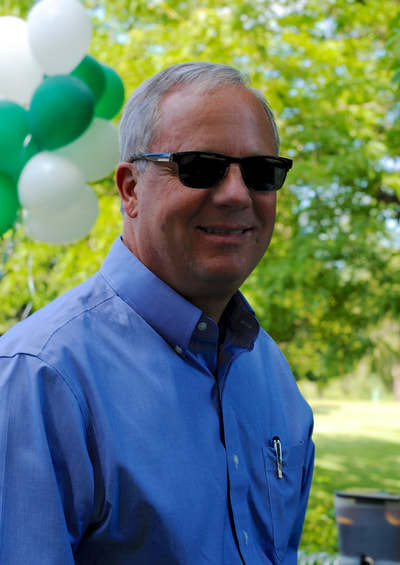























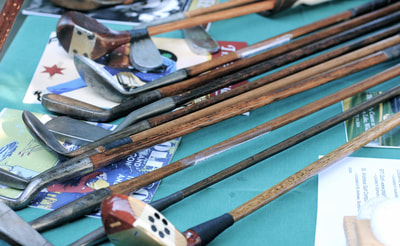
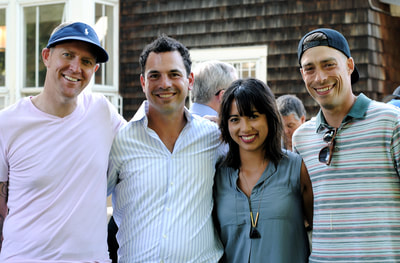



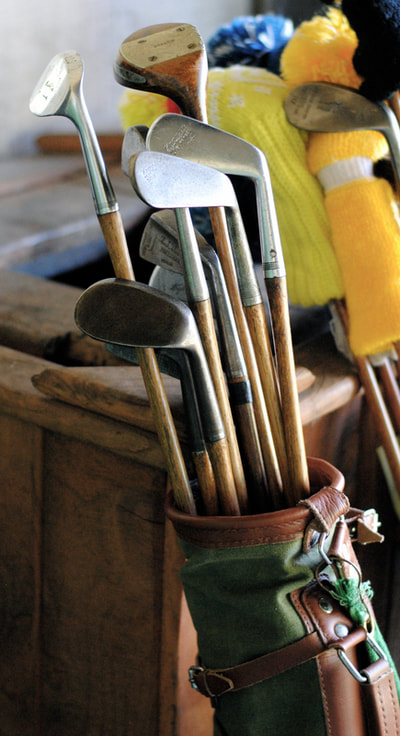





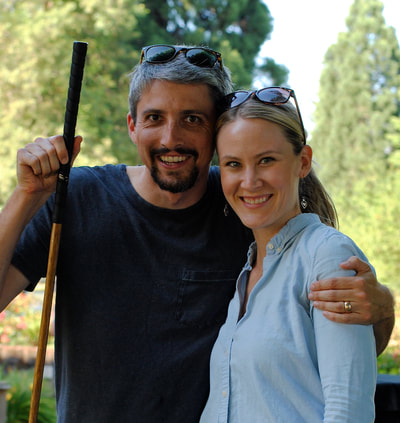

















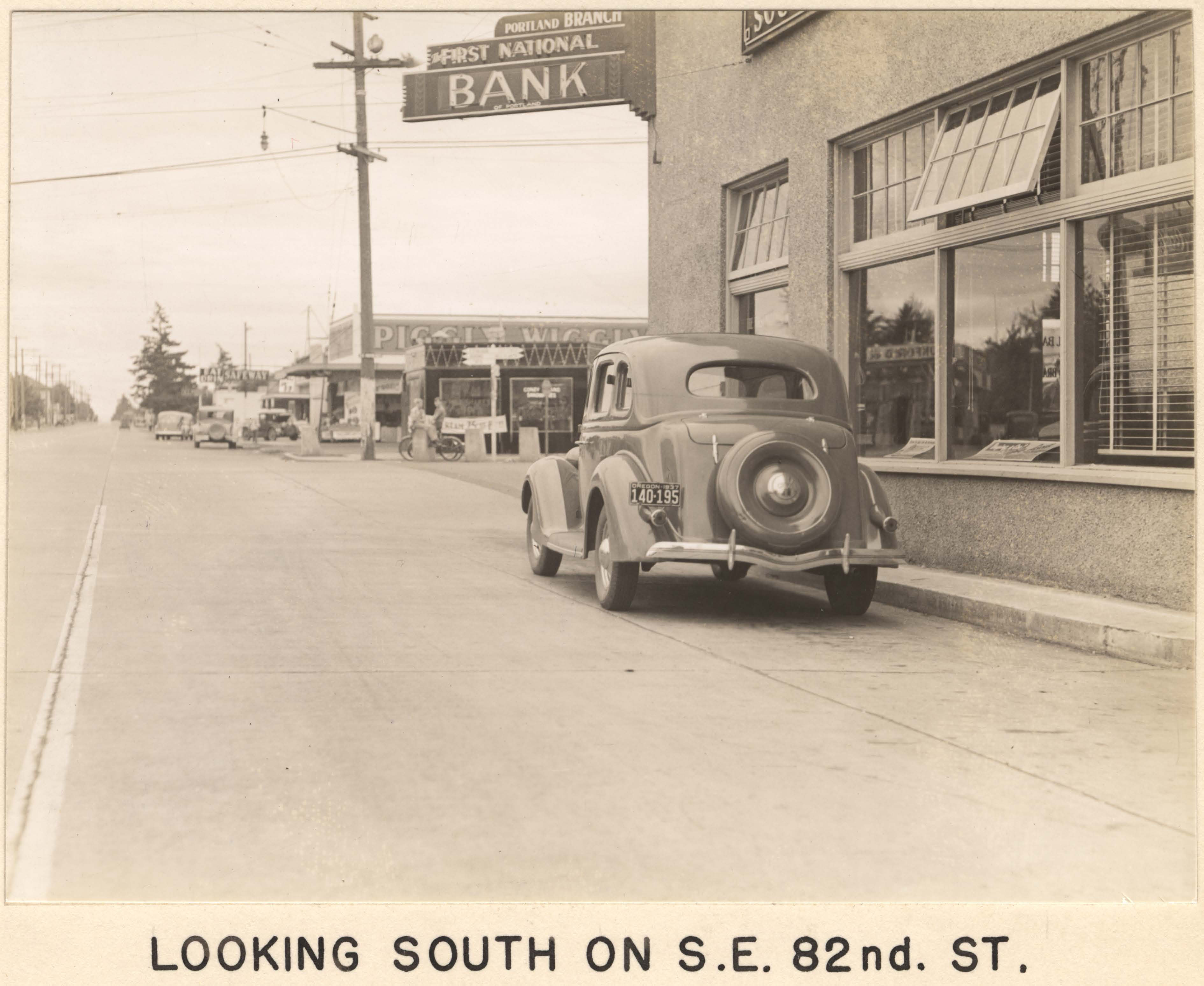

 RSS Feed
RSS Feed